This was published 3 years ago
Rear-engine jets: Why airlines no longer use rear-engine planes
By Michael Gebicki
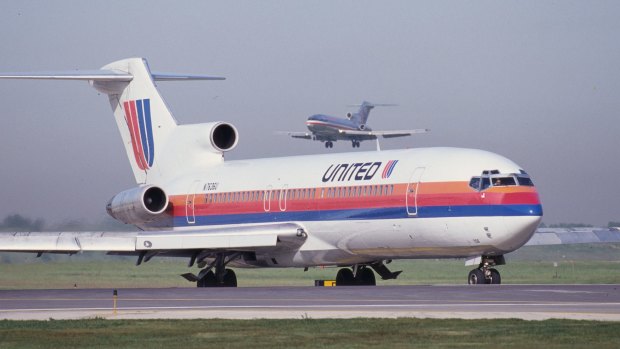
Engines mounted at the rear of airlines planes were common in the early days of aviation and did have some advantages over wing-mounted engines.Credit: Getty Images
Remember them? The McDonnell Douglas DC9, the Boeing 727, the Vickers VC10, the Sud Aviation Caravelle?
When we first started travelling the world aboard jet-powered passenger aircraft back in the 1950s and 60s, you could almost be certain that your plane would have its two engines in the rear.
There were exceptions. The Boeing 707 and the Douglas DC8 entered commercial service in the late 1950s, both with four engines mounted under the wings, but for twin-engine aircraft, rear-mount was the default mode.
The reasons why
Back in those days, regional airports didn't have a lot of the ground support equipment we now take for granted. The belt loaders that take luggage into the hold, air bridges that get us between the aircraft and the terminal, the air start units that fire up the engines and plenty more wasn't around outside of the bigger international airports. Baggage had to be loaded on board the aircraft from a truck or even from a wheeled cart.
A remote airport might not even have a set of stairs for the aircraft door, and so aircraft had to have an airstair, a staircase that could be deployed from within the aircraft itself, as on the Boeing 727. After loading, and at an airport with no pushback tug, an aircraft might even have to back itself out of its station under its own power, and this is one weird trick that a rear-engine aircraft can do. All of which meant an aircraft had to be low to the ground, and that couldn't happen if the engines were slung under the wings.
Rear-mounted engines – the pluses ...
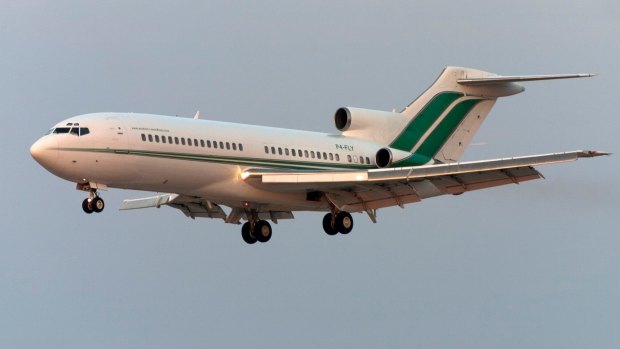
Credit: Getty Images
Wings on an aircraft with rear-mounted engines can be simpler since they didn't have to support the extraneous weight. Also, since the engines are higher up they're less susceptible to FOD – foreign object damage – debris or rocks that can be sucked into the engine when the aircraft is taking off or landing. If one engine fails, it's easier for the pilot to fly the aircraft in a straight line since the thrust of the remaining engine is closer to the aircraft's centreline. Aircraft with underwing engines tend to yaw in that situation since the thrust of the remaining engine is pushing the aircraft around in the direction of the dead engine.
... and the minuses
They're harder to work on. Even simple jobs like lubrication are more difficult, so more cost and downtime. Because a rear-mounted engine is close to the fuselage, in the case of an explosive failure such as happened recently in the case of a Boeing 777 flying over Denver, it could rupture the aircraft skin. The fuel tanks are usually located in the wings and since the engines are above the wings, if the fuel pump fails there is no possibility of relying on gravity to keep the engines turning.
The flight characteristics are also different from an aircraft with engines slung under the wings. The nose of a rear-engine aircraft pushes down during acceleration and that causes drag, which is not what you want on takeoff. The tail is a T-shape, with the horizontal stabiliser mounted at the top of the fin rather than the bottom. Those aircraft are prone to a super stall, when the nose of the aircraft sits high when the airspeed is dropping, a potentially catastrophic event. Finally, an aircraft with its engines at the rear requires a more rigid airframe than one with underwing engines, and that adds weight, the enemy of fuel consumption, and fuel is the second biggest variable cost on airlines' balance sheets.
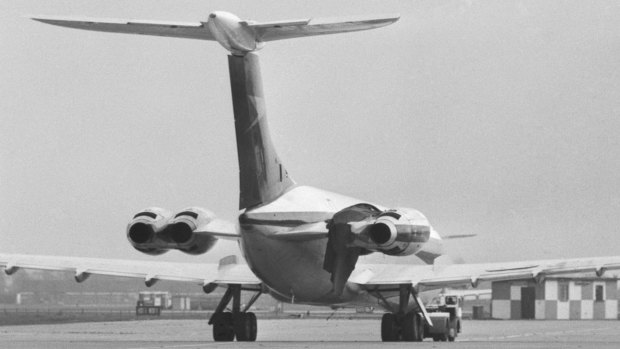
Credit: Getty Images
From about the 1970s airlines began switching from narrow, cigar-shaped turbojet engines to the more economical and powerful high-bypass turbofan engines. These are much larger. An adult can stand up in front of the turbine blades of a Boeing 747, and those engines are too big to be strapped onto the rear. The Vickers VC10 is a rare example of an aircraft with four rear-mounted engines, although those were comparatively small.
A strange interlude – the three engine giants
Jet engines are expensive to buy and expensive to maintain, and late in the 1960s new engines were rolling out with more power. That opened an intriguing possibility for aircraft designers - why not have three engines instead of four?
The outcome was the triple treat design, one engine under each wing and another in the tail, as on the Lockheed TriStar, which came along in 1972, the McDonnell Douglas DC 10 – 1970 – and the McDonnell Douglas MD-11, which entered service in 1990.
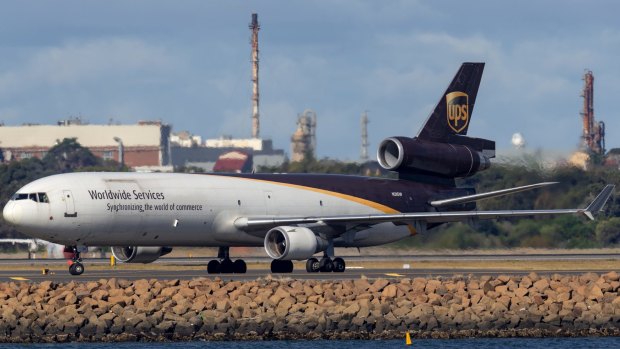
Credit: Getty Images
These are big aircraft. The DC 10 and the TriStar could carry more than 350 passengers, the MD11 around 300, and it had a range of over 12,000 kilometres. Plenty big enough for trans-Atlantic flights, but then in the early 1990s events took a game-changing turn for the big triples.
Until that time, twin-engine planes were not certified to operate more than 60 minutes from an airstrip to which they could divert if one of their engines failed. That meant twin-engine aircraft could not make long overwater flights - a big advantage for the triples, which were under no such restrictions. But around that time engines were becoming much more powerful and more reliable, and engine makers convinced regulators to extend the range at which they could fly on a single engine, their so-called ETOPS rating.
From the mid-1990s, twin-engine aircraft such as the Boeing 777 and Airbus A330 offered the same payload, the same range and lower operating cost than the triples, and that was the end of the road for the triple-engine giants as passenger aircraft. These days the remaining triples are almost exclusively used as freighters, especially the MD-11.
See also: What the demise of the four-engine plane means for travellers
So have aircraft with rear-mounted engines disappeared?
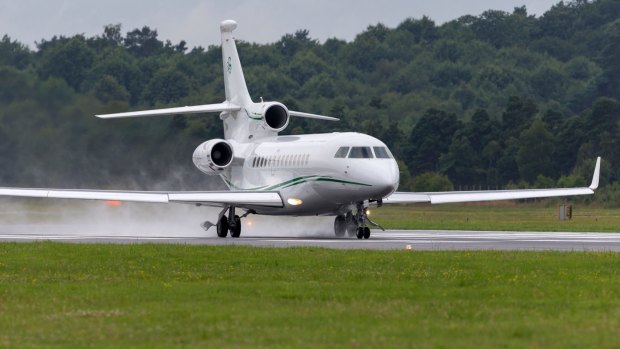
Credit: Getty Images
Definitely not. Rear-mounted engines are common on executive jets for many of the same reasons they first appeared. When your Dessault Falcon 8X lands at your private airstrip outside Switzerland's Montreux, you're going to disembark via a staircase that unfolds from inside the aircraft. Therefore it needs to be near the ground, and so the engines are mounted at the rear. Also, chances are you'll be flying to remote airstrips at your African mining operation, your Argentine cattle ranch and your private Caribbean island, and those higher engines mean less chance of an FOD incident.
A handful of airlines still fly the Boeing 717, which began life as the McDonnell Douglas MD95 before Boeing acquired that company in 1997. The aircraft is used on short-haul routes that don't require higher-capacity planes. QantasLink is one of three carriers (the others are Delta and Hawaiian Airlines) that currently use the 717. The QantasLink version can carry 110 passengers.
The Boom Supersonic, the super sleek, delta wing experimental aircraft that promises to return us to the days of supersonic passenger flight, has rear-mounted engines, as does the Boeing Hypersonic and all the other supersonic aircraft currently on the drawing boards. One of the most exciting potential developments for the future of flying could be a blast from the past.
Sign up for the Traveller newsletter
The latest travel news, tips and inspiration delivered to your inbox. Sign up now.